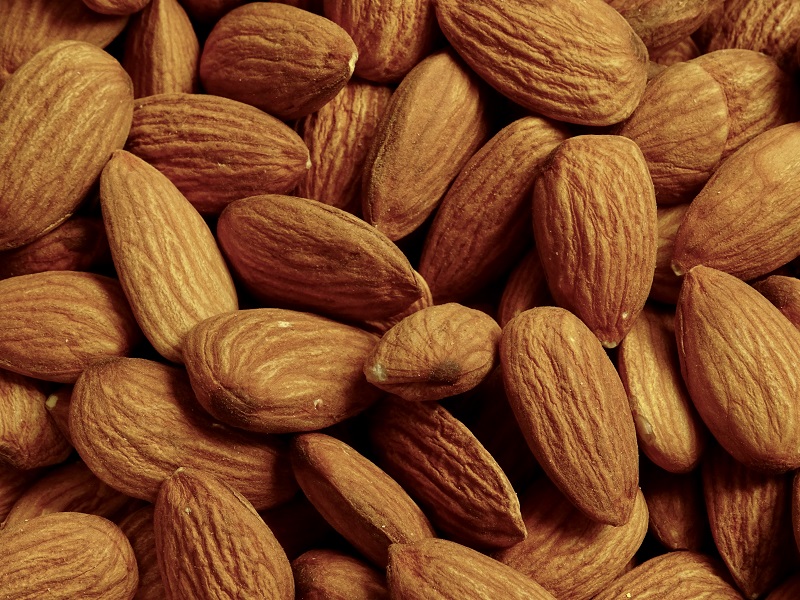Disease Resistance Is A Priority In Greenhouse Vegetable Varieties

We don’t hear as much about greenhouse varieties as we do field varieties.
That’s because there aren’t nearly as many new vegetable varieties released for greenhouse production each year as there are for the field, and we just don’t have as many producers in the greenhouse. As a result, varieties don’t change as quickly over the years for greenhouse growers.
For the U.S., most of our varieties are from overseas companies. Historically, seed companies based in Holland dominated greenhouse seed sales in Canada for generations, followed by their expansion into the U.S. Mexico has a mix of Dutch as well as Israeli seed varieties. Varieties from American seed companies, while growing, are still a minor share of the total.
Bred For Indoor Conditions
One thing to keep in mind when choosing varieties for the greenhouse is that breeders have come up with excellent varieties bred for greenhouse conditions (lower light, higher humidity, higher temperature). These will perform better in the greenhouse than field or home-garden-type varieties.
If growing tomatoes for harvest over several months, be certain to choose an indeterminate type. The indeterminates will keep producing over a long harvest window while genetically determinate types will terminate in a flower and only produce over a short season.
Other features to look for in a greenhouse variety are good size, uniform shape, high yield, lack of physiological disorders, and excellent disease resistance. Fortunately, greenhouse varieties tend to have much better disease resistance than field types.
While you can grow field or garden types in a greenhouse, you may not get as high yields or good quality, and diseases may become a serious or even a devastating problem.
Also, be aware of your market. All varieties listed below are red beefsteak types (larger fruit, mostly 8 to 10 ounces). If you have a good market for Roma (plum), cherry, grape, cluster (TOV or tomato on the vine), or even heirloom tomatoes or colors other than red, and you know you can get a higher price for them, go for it.
Company Mergers And Varieties
Over the past few years, as seed companies have gone through a series of mergers and acquisitions, there has been a large impact on varieties. As companies merge, the new owner tends to rogue out of its catalog the varieties that are not the top sellers. So, some of the very popular varieties from past years are no longer available.
While there are certainly many other varieties available for greenhouse tomato growers, the following have worked well in my experiences. These are presented alphabetically, not ranked by preference, with disease resistance shown.
- Bigdena has resistance to Fusarium wilt races 1 and 2 (F1, F2), Fusarium root and crown rot (FR), tobacco mosaic virus (TMV), and Verticillium wilt (V).
- Geronimo has F2, FR, TMV, and V resistance, as well as resistance to Cladosporium races A, B, C, D, and E (also known as leaf blight), and powdery mildew tolerance.
- Starbuck resistance includes F1, FR, V, tomato mosaic virus (ToMV), and all of the Cladosporium races.
- Torero comes with resistance to F2, FR, TMV, V, and all races of Cladosporium, and powdery mildew tolerance.
- Trust, the oldest variety of this pack, still has resistance to F2, FR, TMV, V, and all races of Cladosporium.
I would suggest that if you have had problems with a certain disease in your greenhouse, look for a variety that has resistance to that disease for your next crop. In some parts of the country, powdery mildew in tomatoes is problematic. In that case try a variety with good tolerance.
Breeders have been very responsive to the needs of growers by making disease resistance a priority in greenhouse varieties. Back in the ’80s and ’90s, leaf mold, a.k.a. Cladosporium, was a serious problem in tomatoes. Now, as you can see, many varieties are totally resistant. TMV, F, and V resistance are nearly universal in newer varieties.
Not sure which variety to grow? Try two or three different varieties and see how they perform in your greenhouse. Keep the best one for the next year, and add another one or two to evaluate on a small scale.










